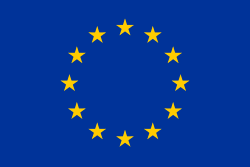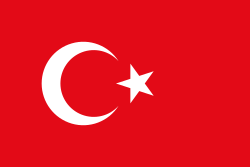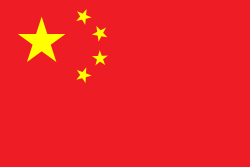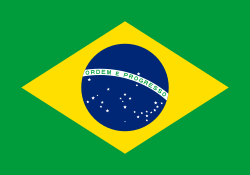San Marinos Grand Prix 2006
| Datum | 23 april 2006 |
|---|---|
| Bana | Autodromo Enzo e Dino Ferrari |
| Sträcka | 62 × 4,933 - 0,237 = 305,609 km |
| Vinnare | Michael Schumacher, Ferrari |
| Pole position | Michael Schumacher, Ferrari |
| Snabbaste varv | Fernando Alonso, Renault, 1:24,569 |
| Temperatur | luften 27°C, banan 43°C |
San Marinos Grand Prix 2006 var det fjärde av 18 lopp ingående i formel 1-VM 2006.
Rapport
Loppet blev en duell mellan Michael Schumacher som startade från pole position och Fernando Alonso som startade från femte startrutan. Efter drygt halva loppet var Alonso i kapp Schumacher och jagade tätt bakom honom tills han då ett par varv återstod gjorde ett litet misstag. Schumacher drygade då ut sitt försprång och kunde därefter ohotad gå i mål som segrare med två sekunders marginal.
Resultat
- Michael Schumacher, Ferrari, 10 poäng
- Fernando Alonso, Renault, 8
- Juan Pablo Montoya, McLaren-Mercedes, 6
- Felipe Massa, Ferrari, 5
- Kimi Räikkönen, McLaren-Mercedes, 4
- Mark Webber, Williams-Cosworth, 3
- Jenson Button, Honda, 2
- Giancarlo Fisichella, Renault, 1
- Ralf Schumacher, Toyota
- Rubens Barrichello, Honda
- Nico Rosberg, Williams-Cosworth
- Jacques Villeneuve, BMW
- Nick Heidfeld, BMW
- Vitantonio Liuzzi, Toro Rosso-Cosworth
- Scott Speed, Toro Rosso-Cosworth
- Tiago Monteiro, MF1-Toyota
Förare som bröt loppet
- David Coulthard, Red Bull-Ferrari (varv 47, drivaxel)
- Takuma Sato, Super Aguri-Honda (44, snurrade av)
- Christian Klien, Red Bull-Ferrari (40, hydraulik)
- Yuji Ide, Super Aguri-Honda (23, upphängning)
- Jarno Trulli, Toyota (5, styrning)
- Christijan Albers, MF1-Toyota (0, olycka)
Noteringar
- Michael Schumachers 66:e pole position, vilket är nytt rekord.
- Sista loppet på Imolabanan på 14 år innan Emilia-Romagnas Grand Prix 2020
VM-ställning
Förarmästerskapet
| Konstruktörsmästerskapet
|
| ||||||||
Media som används på denna webbplats
The Flag of Europe is the flag and emblem of the European Union (EU) and Council of Europe (CoE). It consists of a circle of 12 golden (yellow) stars on a blue background. It was created in 1955 by the CoE and adopted by the EU, then the European Communities, in the 1980s.
The CoE and EU are distinct in membership and nature. The CoE is a 47-member international organisation dealing with human rights and rule of law, while the EU is a quasi-federal union of 27 states focused on economic integration and political cooperation. Today, the flag is mostly associated with the latter.
It was the intention of the CoE that the flag should come to represent Europe as a whole, and since its adoption the membership of the CoE covers nearly the entire continent. This is why the EU adopted the same flag. The flag has been used to represent Europe in sporting events and as a pro-democracy banner outside the Union.

















